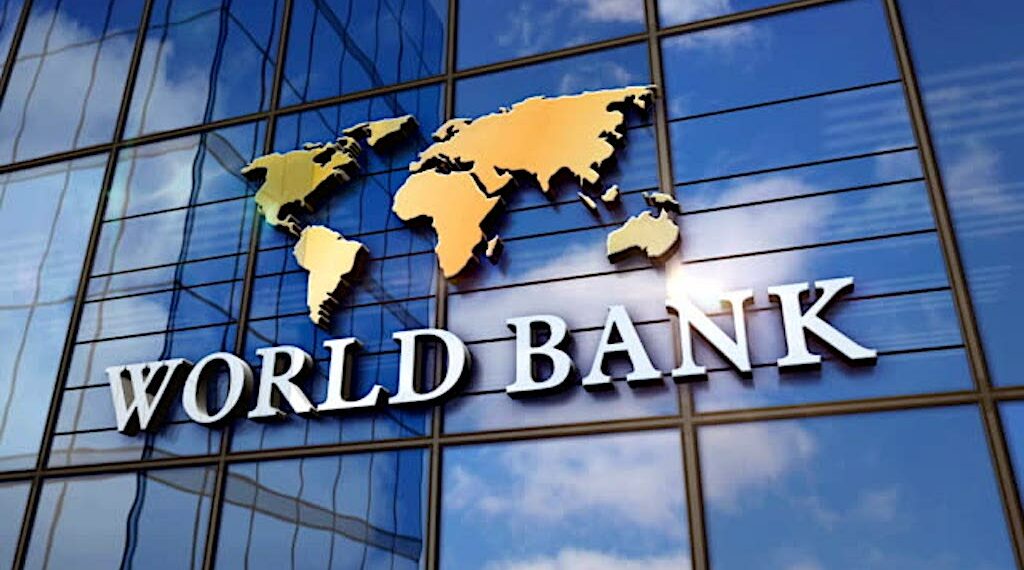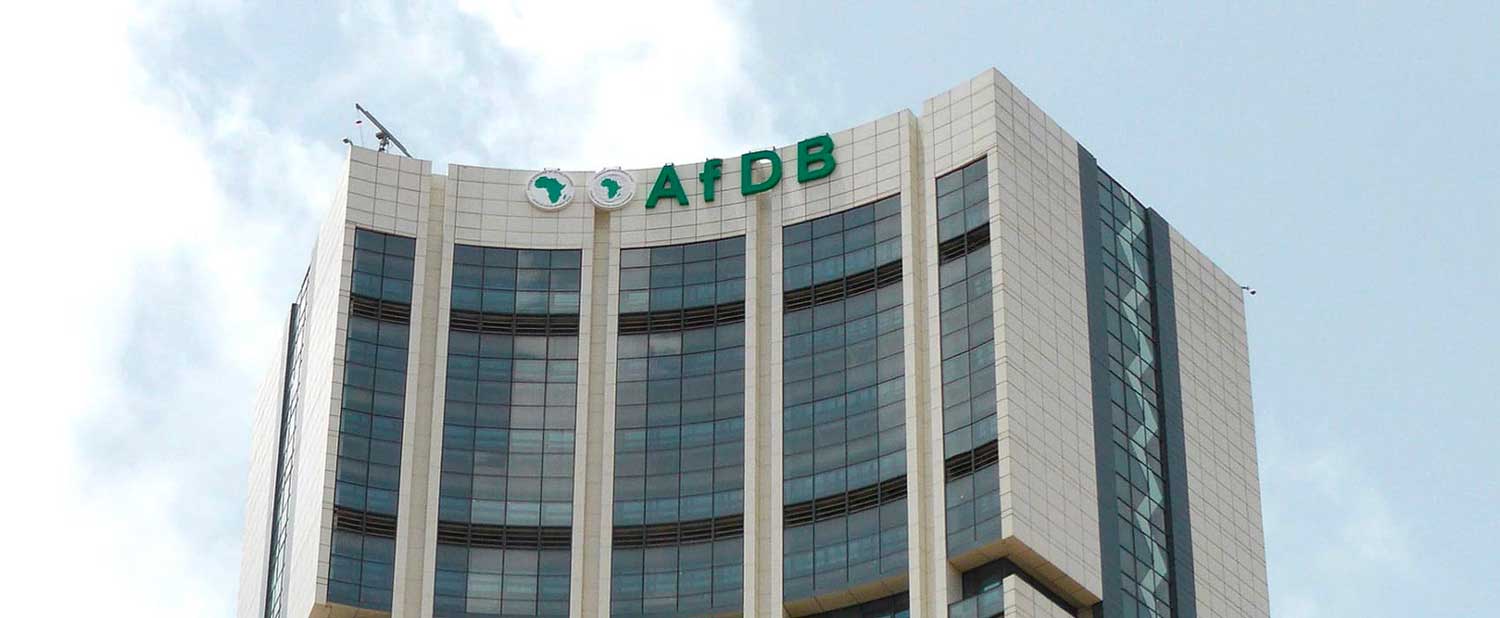World Bank Flags Uganda’s Revenue Leak as Frontier Yields Climb
Uganda’s UGX 3.6 trillion in annual tax exemptions—equal to 3 percent of GDP—has turned from an investment lure into a fiscal risk. As yields (UG10Y ≈ 14.5%) and borrowing costs rise, investors now price Uganda’s credibility, not its growth.

Uganda’s tax exemption regime has evolved from an investment incentive tool into a structural fiscal vulnerability with global implications. The World Bank’s latest review warns that excessive tax waivers—now estimated at over UGX 3.6 trillion (≈ USD 940 million) annually—are eroding the country’s revenue base and weakening debt sustainability. In a global environment of tight liquidity and elevated borrowing costs, this erosion of fiscal resilience is becoming a risk factor not only for Uganda but for investors seeking yield across frontier markets.
Uganda’s tax-to-GDP ratio is estimated around 13.9 percent in FY 2025, still below Kenya’s 18 percent, Rwanda’s 16 percent, and the sub-Saharan Africa average near 15 percent. The forgone UGX 3.6 trillion represents close to 3 percent of GDP, roughly equivalent to half the education budget. Most waivers accrue to large or politically connected firms, parastatals, and institutions under special regimes, while small businesses and households shoulder a heavier share through VAT and excise taxes. The result is a regressive tax structure that depresses formalization and widens inequality. Incentives meant to attract investment have become systemic leakages undermining fiscal space and the government’s capacity to manage shocks.
The consequences for sovereign risk pricing are visible. The 10-year Treasury yield (UG10Y ≈ 14–14.5 percent) remains the highest among East African peers—Kenya ≈ 12.7 percent, Tanzania ≈ 11 percent, Rwanda ≈ 12 percent—reflecting a fiscal risk premium rather than inflation. The shilling (USD/UGX ≈ 3,820) has depreciated about five percent year-to-date, while foreign-exchange reserves of roughly USD 4.3 billion cover just four months of imports. Investors increasingly price Uganda’s fiscal policy through the lens of institutional credibility, not macro stability. Each forgone shilling of tax revenue effectively widens the sovereign risk spread, raising the cost of both domestic and external borrowing.
Uganda’s fiscal challenge mirrors a broader global pattern. Frontier economies are re-evaluating incentives as global interest rates remain high. Ghana, under its IMF-led restructuring, has removed corporate tax holidays in the energy and extractive sectors. Kenya’s 2024 Finance Bill sought to rationalize exemptions but faced political resistance. Nigeria is reviewing more than sixty fiscal incentive provisions under its new tax-reform framework. These adjustments underline a shared reality: in a high-rate world, policy credibility—not tax generosity—determines market access. Uganda’s slower pace of reform leaves it increasingly exposed to investor skepticism just as concessional financing windows narrow.
Domestically, the distortions are deepening. Commercial banks now hold about 45 percent of domestic debt, locking liquidity into government securities instead of private credit. Attractive risk-free yields have reduced SME lending by nearly eight percent over the past year. Inflation at 3.4–4 percent keeps nominal real yields positive, but those returns reflect compensation for policy risk rather than macro strength. With the central bank maintaining its policy rate at 9.5 percent, fiscal borrowing continues to crowd out productive capital, reinforcing the very stagnation tax exemptions were meant to offset.
Institutionally, Uganda’s exemption system exposes governance fragility. The Ministry of Finance retains broad discretion to grant waivers without full parliamentary oversight, and over 60 percent of existing exemptions lack cost-benefit evaluation, according to the World Bank. Such opacity undermines transparency and complicates due-diligence assessments for lenders and rating agencies. The Bank’s analysis estimates that a transparent, time-bound registry could recover up to UGX 2 trillion (≈ USD 520 million) annually—about one percent of GDP—without damaging competitiveness. Enforcing this would require aligning Uganda’s IMF Extended Credit Facility (ECF) targets with domestic fiscal reforms to ensure exemptions serve investment outcomes rather than political patronage.
Global conditions amplify these pressures. The U.S. 10-year yield (^TNX ≈ 4.35 percent) and Dollar Index (DXY ≈ 105.7) keep global liquidity expensive, lifting frontier-market spreads. Kenya’s 2032 Eurobond (KE2032 ≈ 9.3 percent YTM) and Ghana’s 2031 (GH2031 ≈ 10.9 percent) illustrate how quickly funding costs escalate once credibility weakens. Uganda, though not yet in major bond indices such as the J.P. Morgan NEXGEM, is judged against the same benchmarks by investors allocating to Africa. Fiscal opacity therefore transmits beyond its borders, shaping perceptions of the entire frontier-debt complex.
The solution is straightforward but politically costly. Rationalizing exemptions and enforcing sunset clauses could shrink Uganda’s deficit by 0.5 percent of GDP within two fiscal years while restoring market confidence. The credibility dividend would manifest in lower domestic yields, slower depreciation, and improved access to external finance. For international investors, such reform would signal that Kampala recognizes credibility as the new currency of capital flows.
Uganda’s exemption debate is thus more than a local policy story. It captures a larger truth about frontier economies navigating the post-concessional era: fiscal trust is now the ultimate asset. Persisting opacity around tax incentives continues to elevate Uganda’s credibility discount in global markets, forcing it to pay more for every shilling it borrows. In an environment where capital rewards transparency over rhetoric, restoring that trust may prove Uganda’s most valuable reform.





